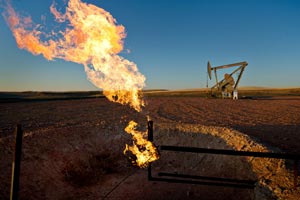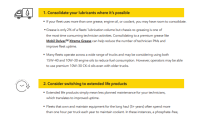World Facing Longest Oil Glut in at Least Three Decades

Oil supply has exceeded demand globally for the past five quarters, already the most enduring glut since the 1997 Asian economic crisis, International Energy Agency data show.
If the Organization of Petroleum Exporting Countries were to keep pumping at current rates, it would by the third quarter become the longest surplus since at least 1985, the data show.
There are few signs the 12-nation group will cut back. Saudi Arabia, OPEC’s biggest member, probably will increase production to intensify pressure on U.S. shale drillers, Goldman Sachs Group Inc. predicts. OPEC’s supplies may be swollen further this year if Iran reaches a deal with world powers to ease sanctions on its exports, Commerzbank AG says.
“It seems to be taking longer for the oil surplus to clear, and, even without the return of Iran, IEA data indicates it could last for the rest of the year,” said Eugen Weinberg, head of commodities research at Commerzbank in Frankfurt. “Any expectations the oversupply will be gone by 2016 don’t look justified at this stage.”
OPEC pumped 31.3 million barrels a day in May and probably will continue to pump around that level “in coming months,” the IEA said in a report June 11. The agency doesn’t forecast OPEC production.
Producing at that level would imply a global oversupply of 1 million barrels a day in the third quarter and 600,000 barrels in the following three months, according to IEA projections for global demand and non-OPEC supply compiled by Bloomberg News. That would be the eighth consecutive quarterly surplus, exceeding the current record of six quarters from 1997 to 1998.
The glut could swell further if Iran and world powers reach an accord on the Islamic Republic’s nuclear program by their June 30 deadline, Commerzbank predicts. The country could boost exports by 1 million barrels a day within seven months of sanctions being removed, Oil Minister Bijan Namdar Zanganeh said in Vienna on June 3.




